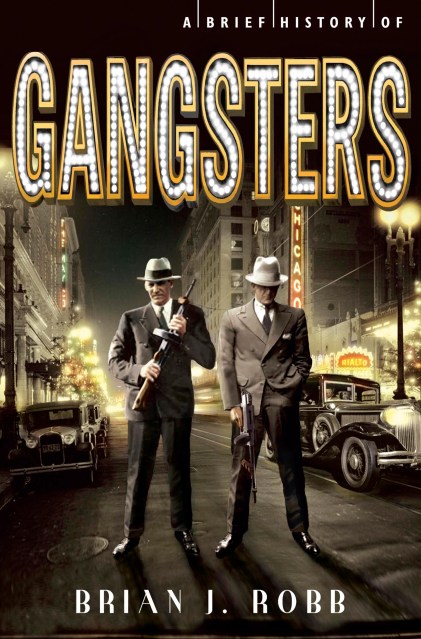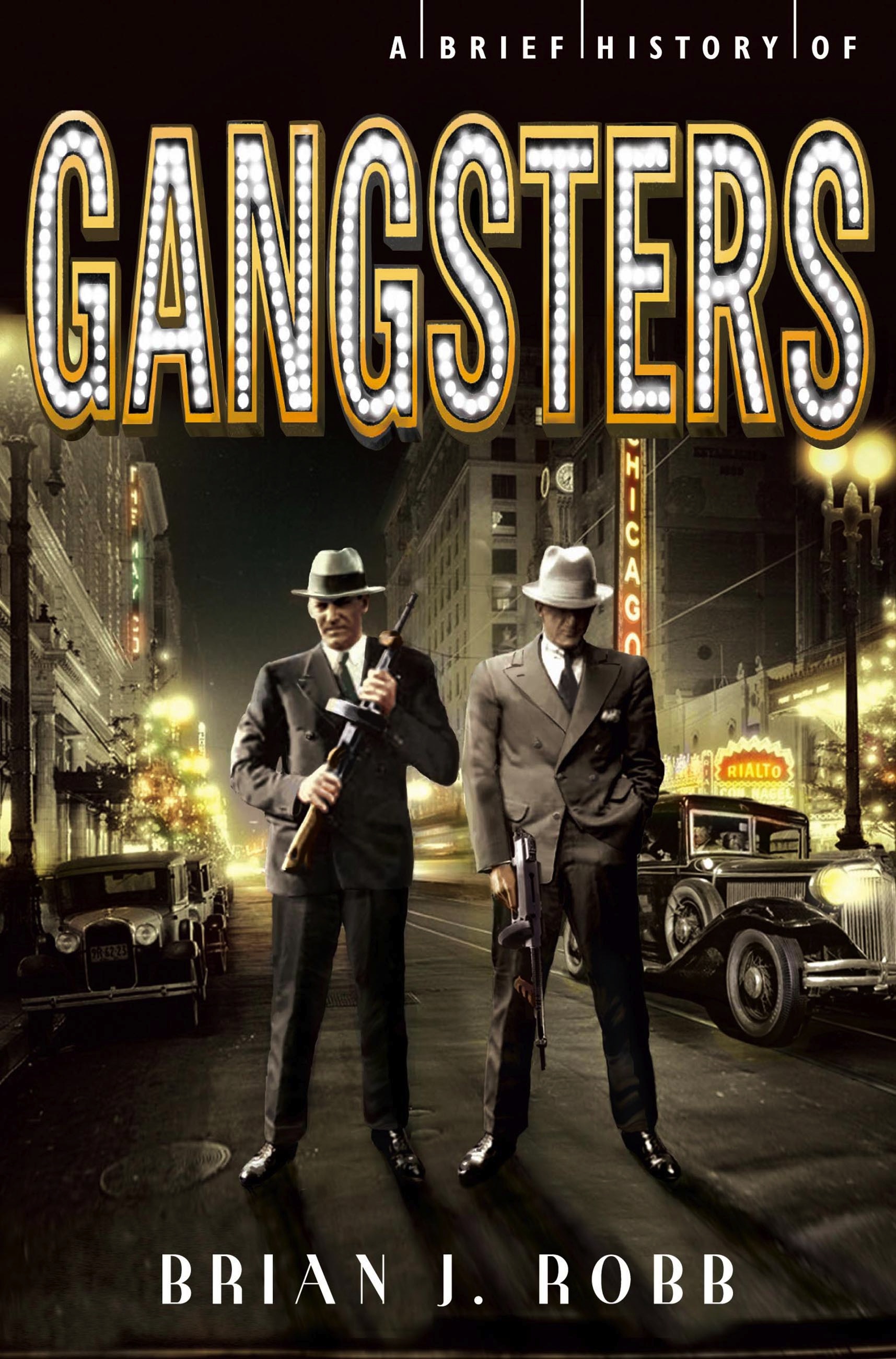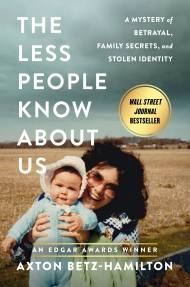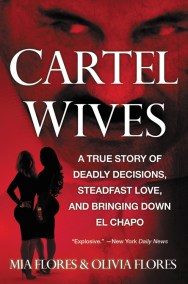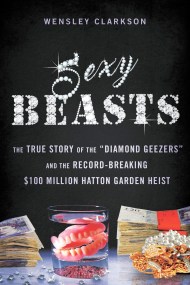A Brief History of Gangsters
Contributors
Formats and Prices
Price
$21.99Format
Format:
Trade Paperback $21.99This item is a preorder. Your payment method will be charged immediately, and the product is expected to ship on or around January 6, 2015. This date is subject to change due to shipping delays beyond our control.
Also available from:
Genre:
- On Sale
- Jan 6, 2015
- Page Count
- 288 pages
- Publisher
- Running Press
- ISBN-13
- 9780762454761
By clicking 'Sign Up,' I acknowledge that I have read and agree to Hachette Book Group’s Privacy Policy and Terms of Use
